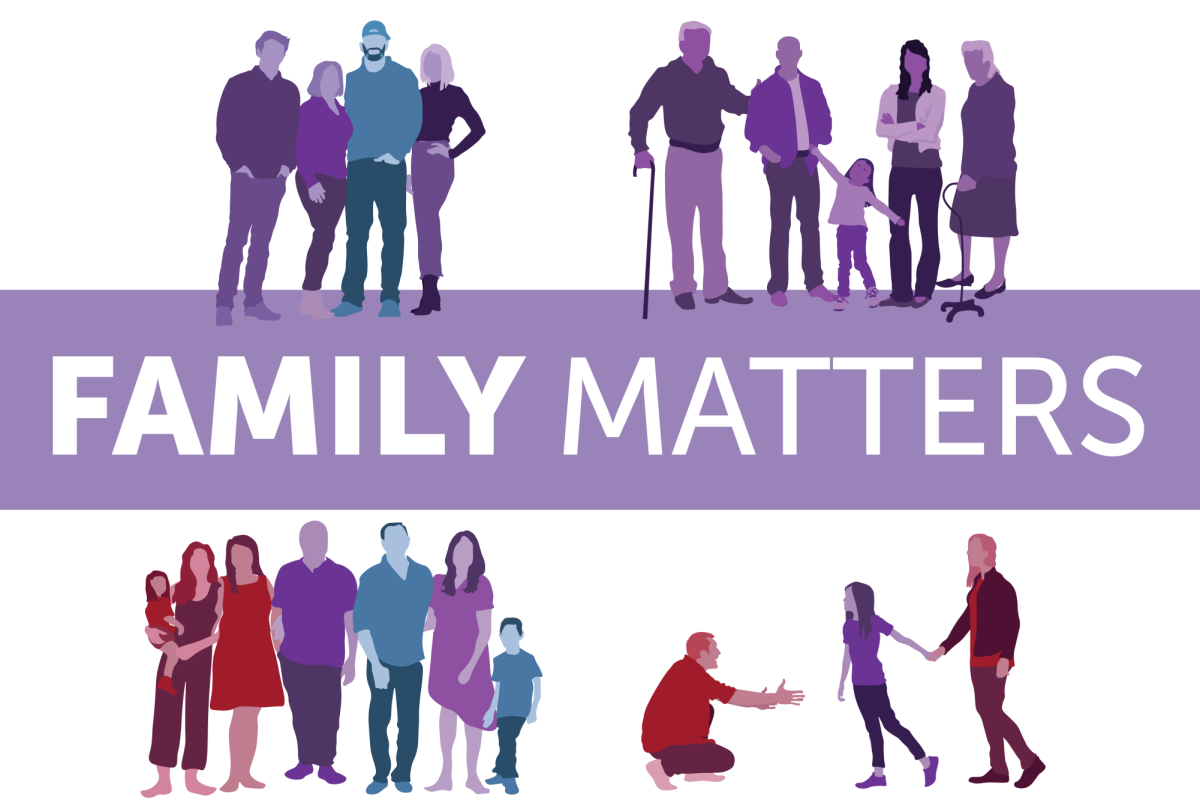Immigration. It is a word that many people do not like to hear. In the past couple of years, major laws have changed in the U.S. For example, Arizona created a new separate law from the rest of the country regarding immigration. Yet, immigration was lower last year than it has been since 1972. The U.S. is not the attraction that it once was, which means America can now focus on cleaning up our own problems and not having a negative attitude towards immigrants.
Central and South American countries have had lots of immigration between them. Mexicans are moving away from the U.S. border. Natives of smaller cities are noticing that when people are moving into their city, they are bringing new problems like conflicting views over how local governments should run. Chile has made recent discoveries about illegal workers, and this says that the U.S. isn’t the only country with immigration problems.
The International Organization for Migration says that the Bolivian population in Argentina has increased by 48 percent since 2001. Also, Argentina’s Paraguayan and Peruvian populations have grown. With all of the movement in Central and South America, the region isn’t like a compass pointing north to the U.S.; it’s like the hub of a wheel with many different spokes.
From papayas being grown by Bolivian farmers in Argentina to the discover of exploited illegal workers in Chile and conflicts over local government in southern Mexico, this intraregional migration in Latin America has become a challenge for them and a promising start for the U.S., though we should not be happy about any of their failures. The shift means fewer migrants crossing the border illegally and greater debate over whether the expanded budgets for immigration enforcement still make sense.














